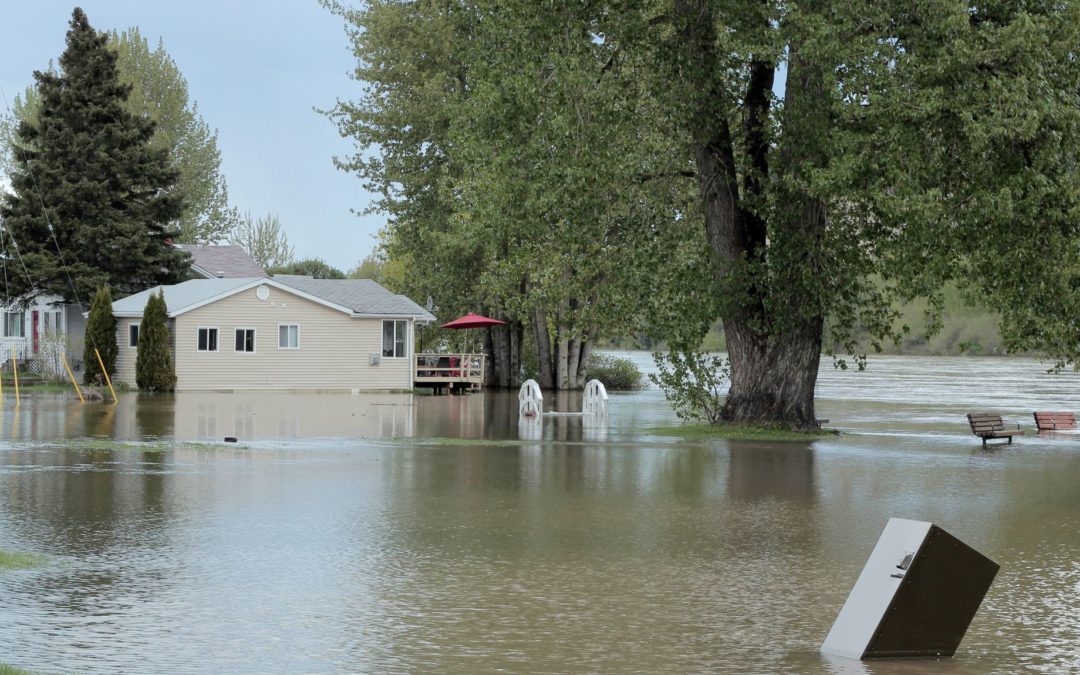The seasons are shifting, bringing with them colder temperatures, equal length days and nights, crisp falling leaves, bird migration, pumpkin-spiced everything, and… the dreaded fall flood.
When talking about floods, we mostly imagine the snowmelt and heavy rainfall of spring. Rain in the fall is often a welcome occurrence after a long and dry summer. But wet autumn weather can also pose a real hazard.
Understanding the reasons that cause flooding in autumn and taking the necessary steps can help reduce stormwater-related risks.
So, what causes fall flooding?
Hot dry summers pull a lot of water from the landscape. As the weather gets cooler and the seasons shift, this accumulated water condenses and rains down in intense storms.
Parched soils struggle to absorb all the rain that falls, while heavy winds cause debris like falling leaves to block storm drains. It doesn’t take much imagination to figure out what happens next.
These cause the seasonal phenomenon called the “fall flood,” and this natural weather pattern is made worse by summer droughts triggered by climate change.
HOW TO PREPARE FOR FALL FLOODS?
While we may all enjoy the beauty of deciduous trees changing colour in the fall, the leafy debris they shed can pose a real challenge for storm water drainage. Here are a few actions to consider on your property as the seasons shift.
Rake and collect leaves.
Or better yet, mow them down into small pieces and allow them to compost in place. Less work for you, better for your soil, and less risk of blocking storm drains!
Check your gutters.
Clear out any stuck leafy debris to ensure rain can be directed and drains off your roof.
Check and clean storm drains on your street.
Take a walk around the block, and check storm drains before expected rainfall to ensure they are clear of grass clippings, leaves, and litter. Consider “adopting a storm drain” in your community and taking it upon yourself to keep it clean.
Prepare for wind.
Fall storms are often accompanied by strong winds. They can lift deck furniture, and other litter. Secure or store summer outdoor furniture as the days grow shorter and avoid leaving recycling and garbage out for too long before collection.
Seal your windows.
Not only will this help protect your home in case of severe flooding, but it will also help reduce draft/heat loss. This will in turn reduce your energy consumption as we move into the winter months.
Remove your Rain Barrel before first frost.
It is time to remove your rain barrels — by draining, disconnecting and inverting them. Replace your rain barrel with a flexible rain spout diverter to redirect your downspout away from the house and avoid potential damage to the foundation.
Inspect your Sump Pump.
If you live in a high-risk zone for flooding, and have an installed sump pump, early fall is a great time to have it inspected to ensure it is working properly and will protect your home from basement flooding.

Trackbacks/Pingbacks